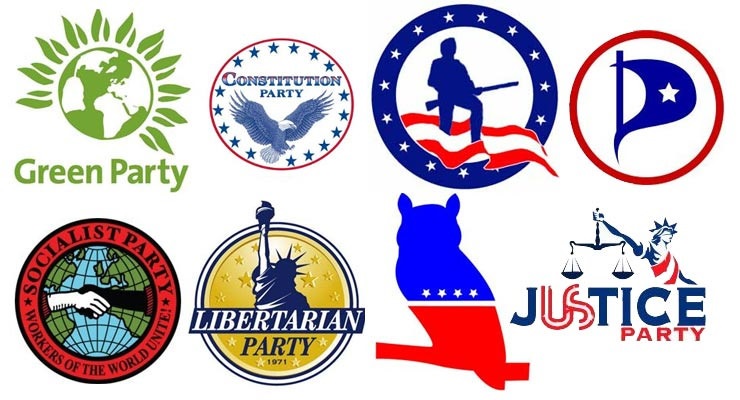
Does showing party logos on the ballot help or hurt the process or does it harm third party candidates? Richard Winger, an election access expert who runs Ballot Access News, made the following post recently on the decision made on this subject in Michigan:
On June 12, the Michigan Senate Elections & Government Reform Committee passed HB 4177. It had already passed the House. It removes party logos from the ballot. Passage of this bill is expected to help the state win the pending lawsuit over whether the U.S. Constitution forbids the state from eliminating the straight-ticket device.
The connection between logos and the straight-ticket device may seem nebulous. But evidence from other states has shown that when a state repeals the straight-ticket device, but leaves logos on the ballot, some confused voters think they can cast a straight-ticket vote by drawing a circle around the logo for one particular party. Thus if Michigan removes logos, that will remove one justification for the straight-ticket device to be retained.
Also, for fun, a “partial list of symbols and labels used by political parties and groups around the world” can be found here at Wikipedia. Where do party logos and symbols come from? An article on History.com has some interesting historical analysis:
The Democratic Party’s donkey and the Republican Party’s elephant have been on the political scene since the 19th century. The origins of the Democratic donkey can be traced to the 1828 presidential campaign of Andrew Jackson. During that race, opponents of Jackson called him a jackass. However, rather than rejecting the label, Jackson, a hero of the War of 1812 who later served in the U.S. House of Representatives and U.S. Senate, was amused by it and included an image of the animal in his campaign posters. Jackson went on to defeat incumbent John Quincy Adams and serve as America’s first Democratic president. In the 1870s, influential political cartoonist Thomas Nast helped popularize the donkey as a symbol for the entire Democratic Party.
Leave a Reply